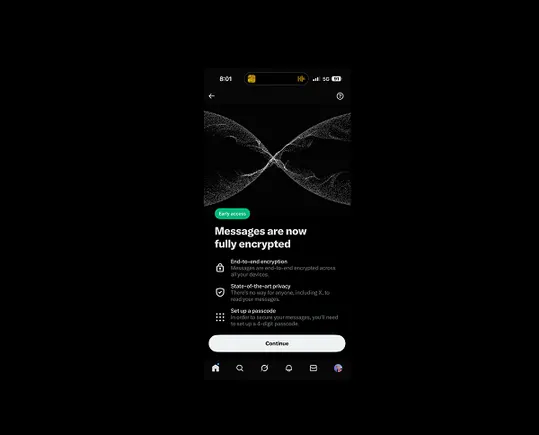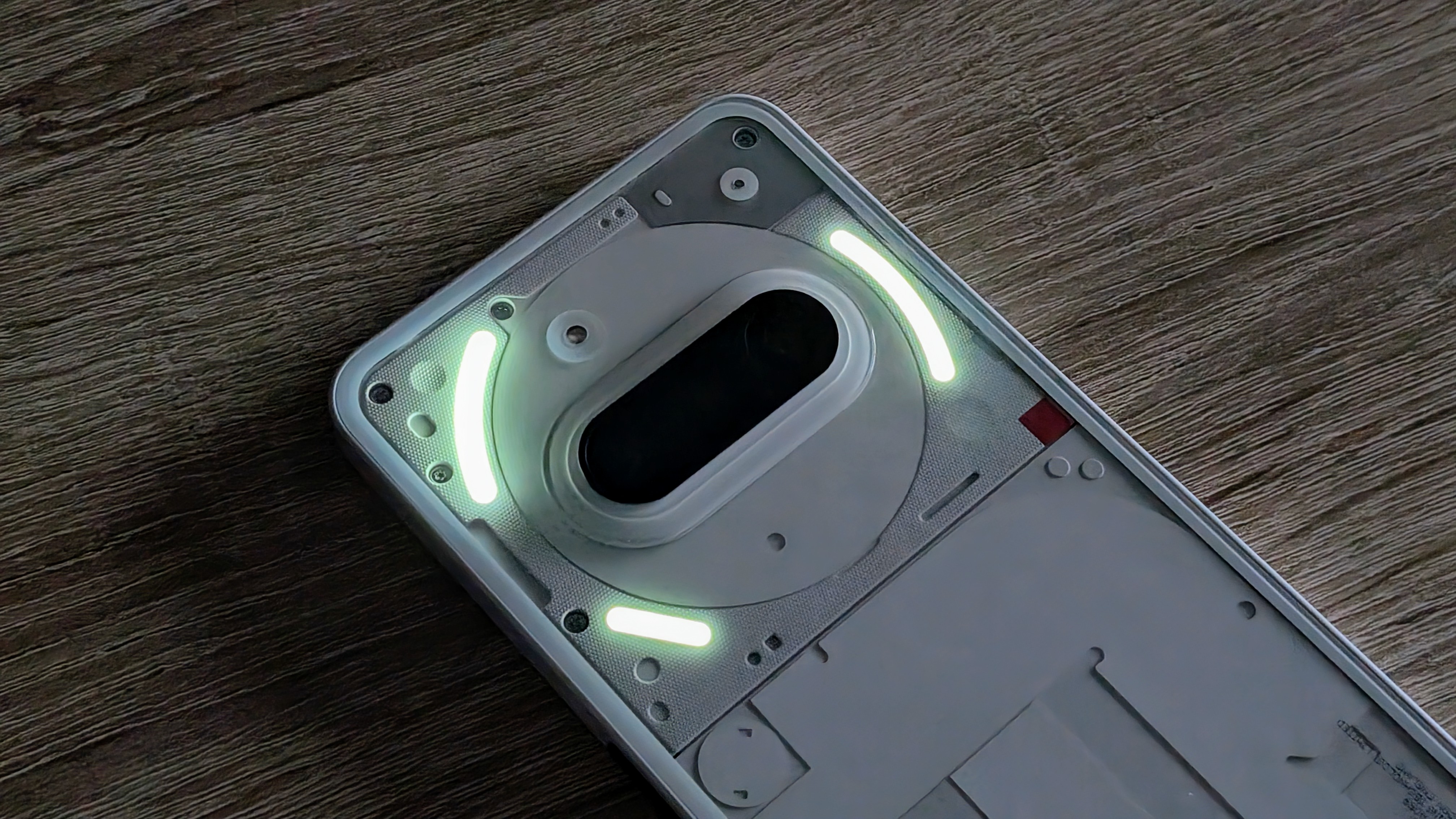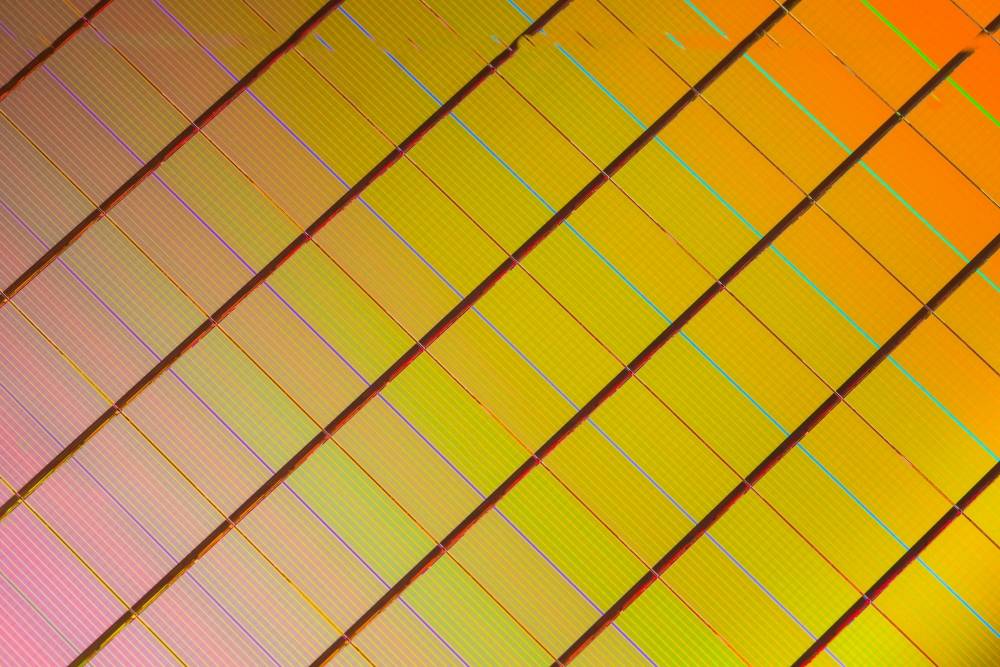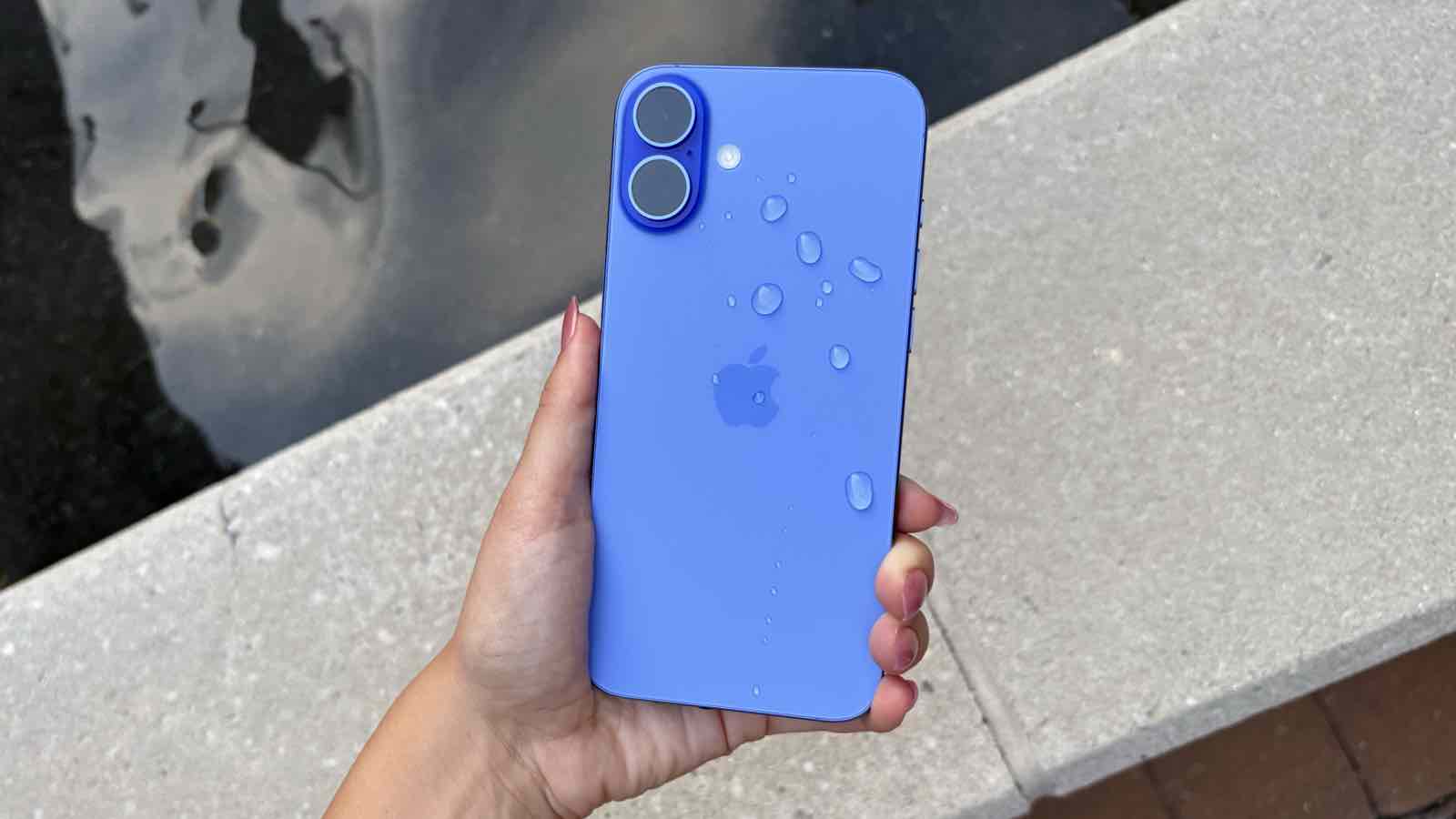New OLED screen with a speaker in every pixel promises sound as precise as OLED's contrast
New TV tech promises pin-sharp spatial sound with pixel precision
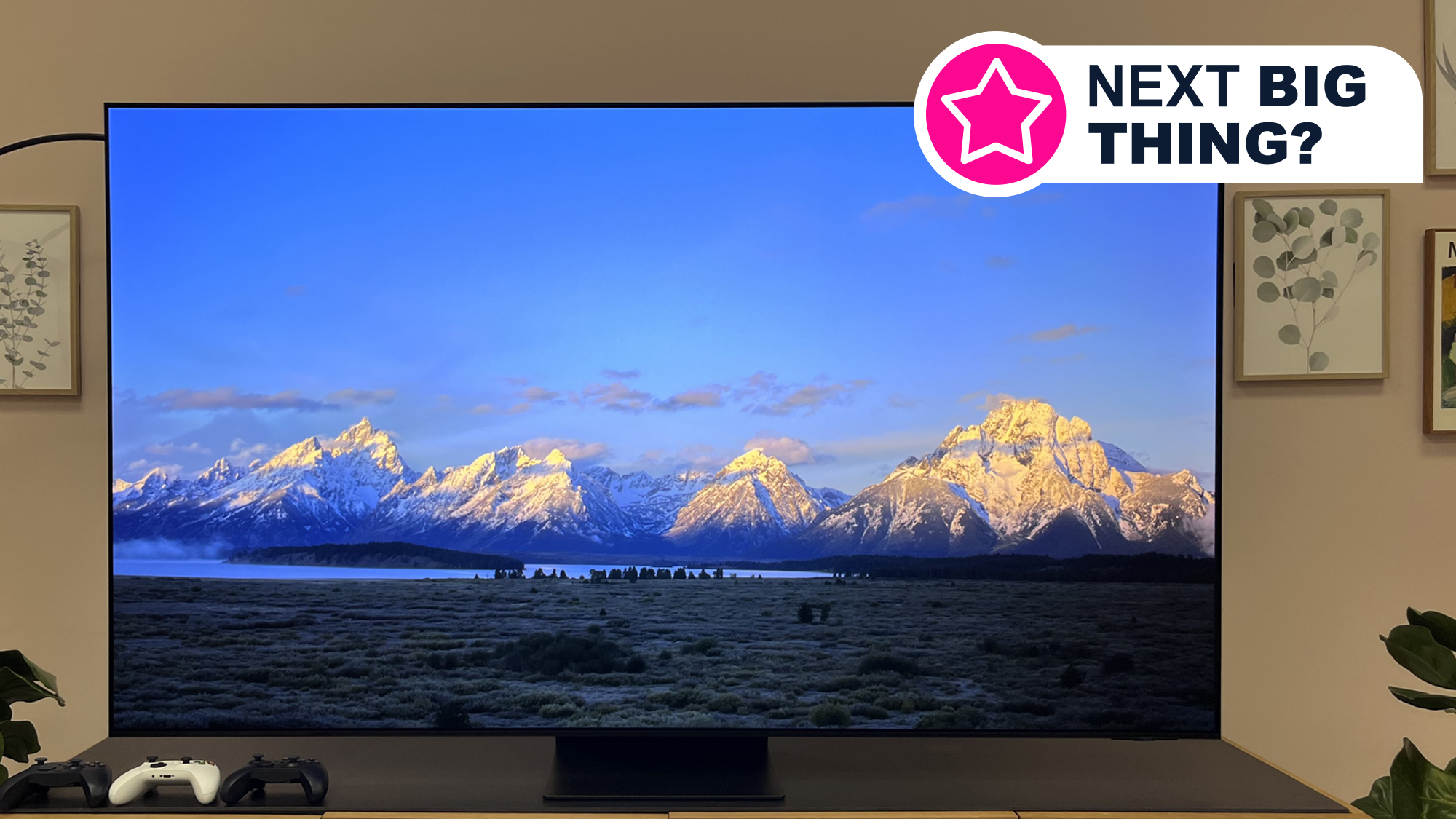
- Each OLED pixel can be a sound source too
- No need for conventional speakers and no increase in thickness
- Could be used for in-car displays, smartphones and headsets
For years now the TV industry has been thinking about pixels: how to make them brighter, how to make them smaller, how to put them together in the best possible way. And now there's a new push: how to make them sound.
As spotted by Science Daily, researchers at Pohang University of Science and Technology (POSTECH for short) have created a 13-inch OLED panel where every pixel makes sound as well as light.
And that tech could one day deliver multi-channel sound with incredible precision – without requiring speaker drivers.
Pixels should be heard as well as seen
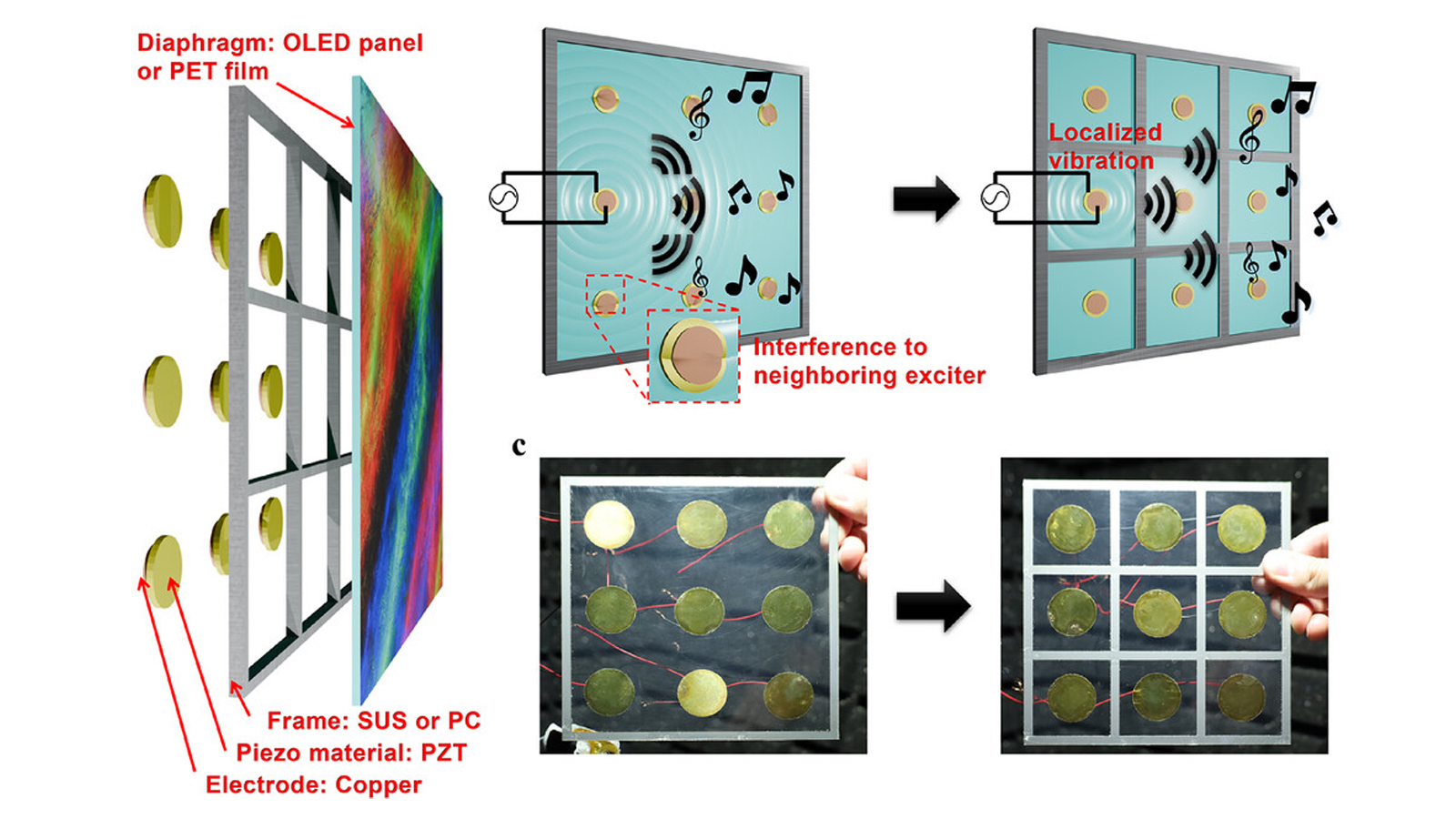
As Science Daily reports (hat tip to Notebookcheck), the team have called their invention 'Pixel-Based Local Sound OLED technology'. And as they explain, the problem with TV audio is that it's really hard to get accurate positional sound with conventional speakers.
"The core issue is that traditional exciters – devices that vibrate to produce sound – are large and heavy, making it difficult to deploy multiple units without interference or compromising the OLED's thin design," the researchers say. "Additionally, sound crosstalk between multiple speakers leads to a lack of precise control over localized audio."
Their solution was to embed piezo-electric exciters within the OLED display frame. "These piezo exciters, arranged similarly to pixels, convert electrical signals into sound vibrations without occupying external space. Crucially, they are fully compatible with the thin form factor of OLED panels."
That enables each pixel to become an independent sound source, and the team says that they were able to completely eliminate crosstalk – so that sounds coming from different parts of the display didn't interfere with one another.
The applications of the technology go beyond TVs. One suggestion is that in-car displays could send different audio to different people, for example by giving vocal directions to the driver while the passenger listens to music. And in phones or headsets the audio could change as the head, hand or device moves.
According to Professor Su Seok Choi, "This technology has the potential to become a core feature of next-generation devices, enabling sleek, lightweight designs in smartphones, laptops, and automotive displays – while delivering immersive, high-fidelity audio."
The "has the potential" bit is key, however: this is a proof of concept, not a product – and there's a big difference between producing audio and producing excellent audio. And of course what works in a 13-inch prototype may prove much more difficult to achieve in panels of larger sizes.
There's also the question of cost – so while the announcement is definitely exciting I think the best soundbars can breathe easy for a good few years yet.
